NADA Villa Warsaw
Alina Bliumis : Bruises / Siniaki
May 22–25, 2025
VIP Preview (by Invitation)
Wednesday, May 21, 7–11pm
Open to the Public:
Thursday, May 22, 4–7pm
Friday, May 23, 12–7pm
Saturday, May 24, 12–7pm
Sunday, May 25, 12–7pm
Villa Gawrońskich
Al. Ujazdowskie 23
00-540 Warsaw, Poland
Open to the public
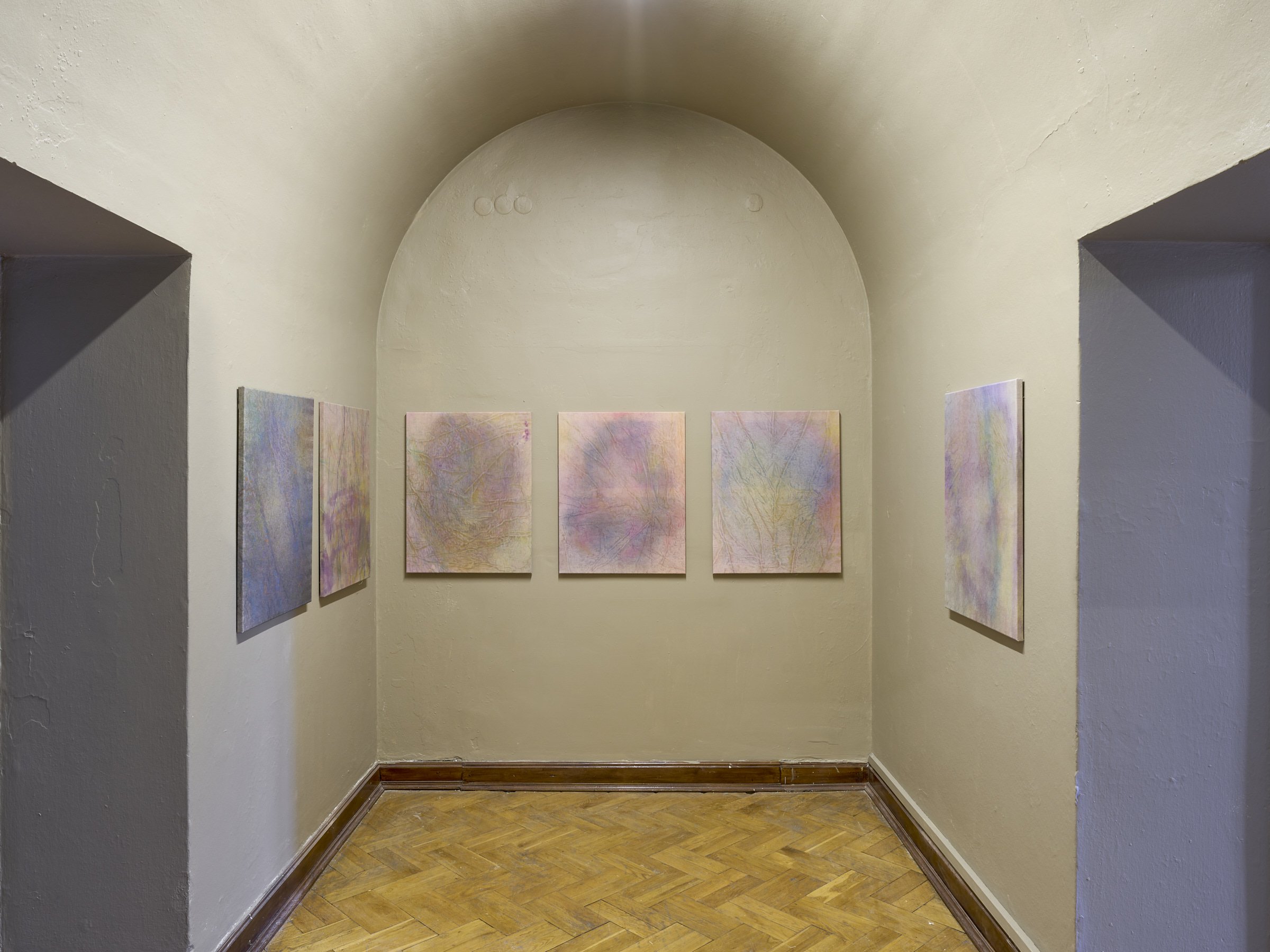
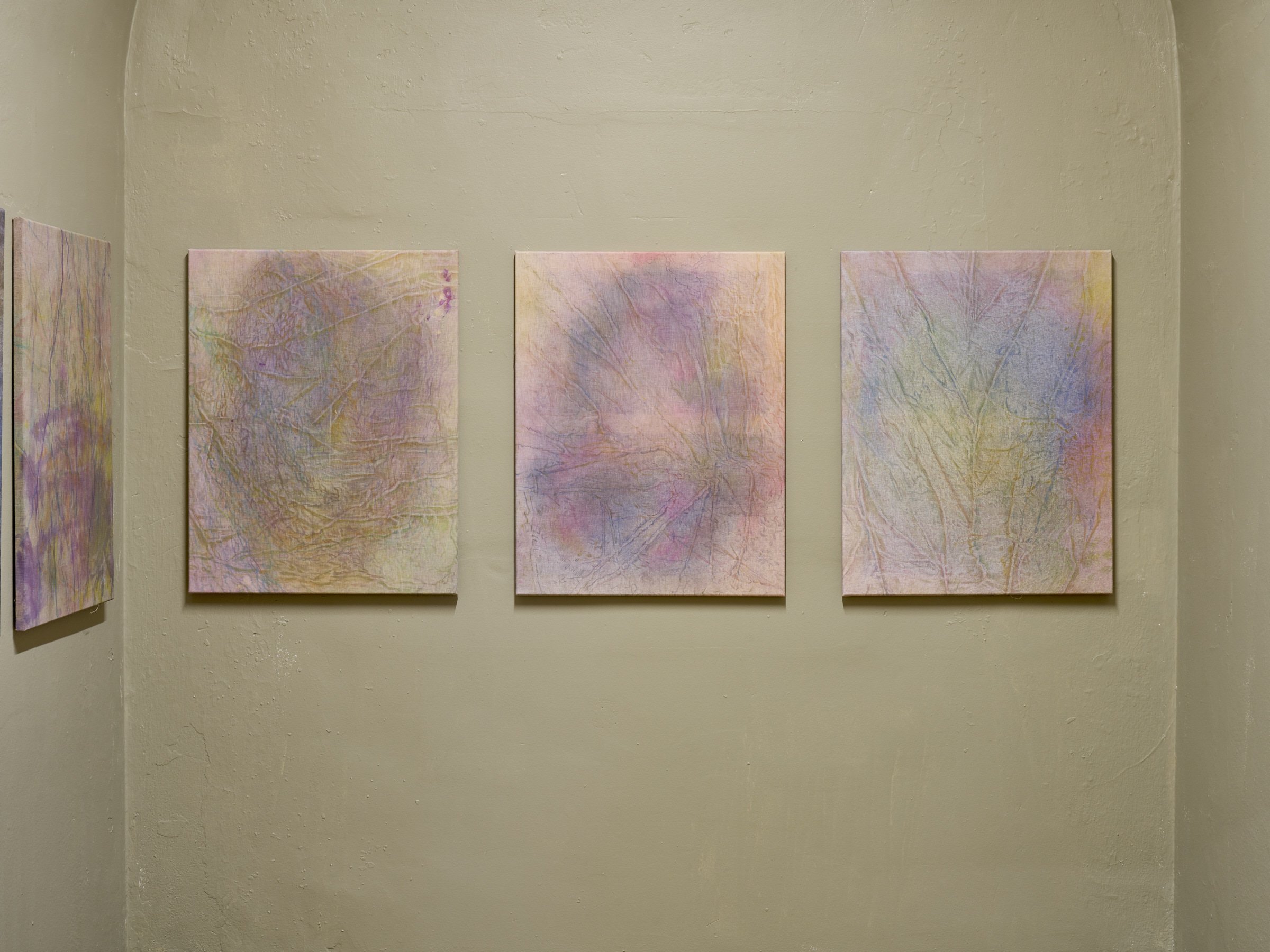
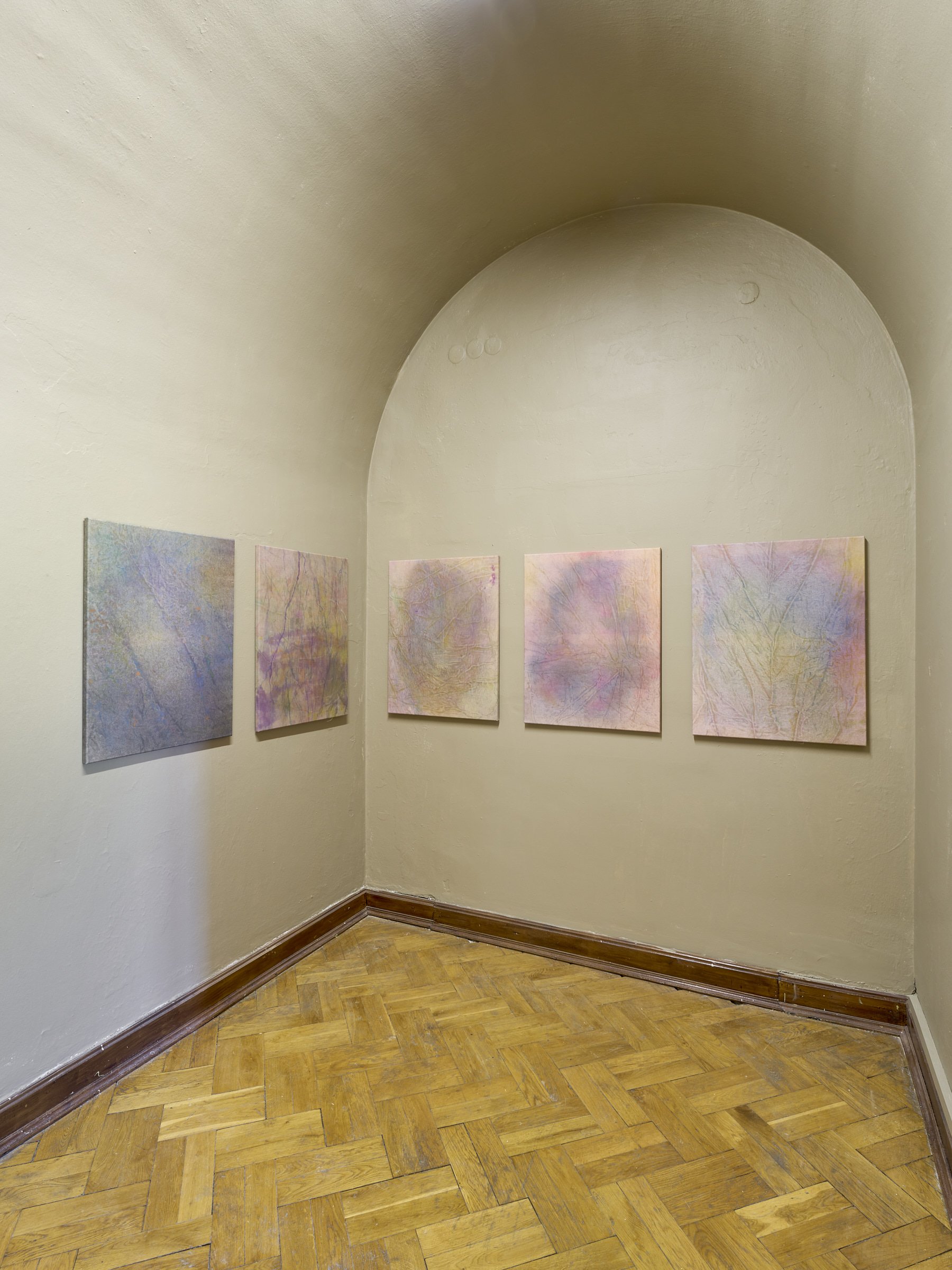
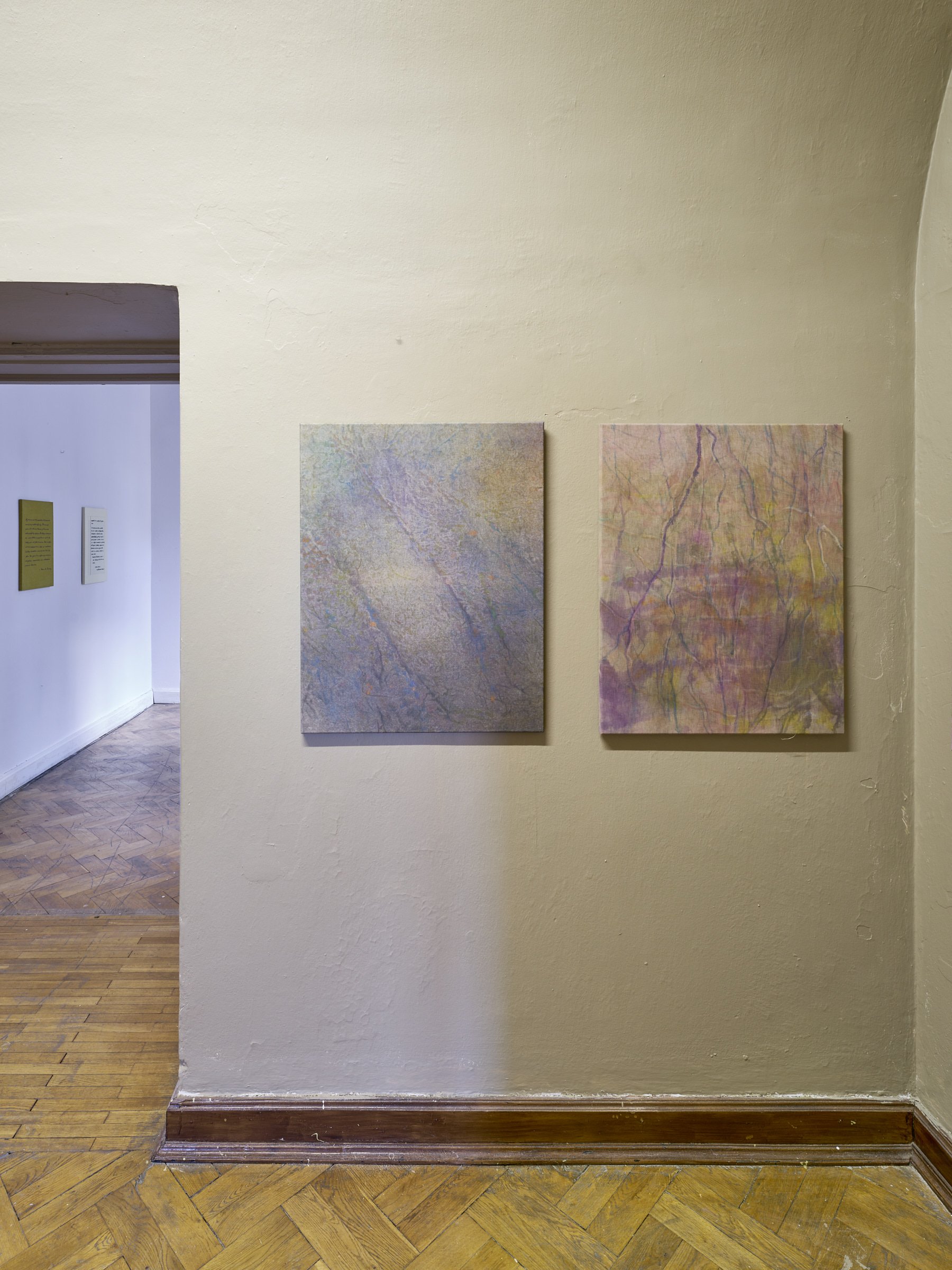
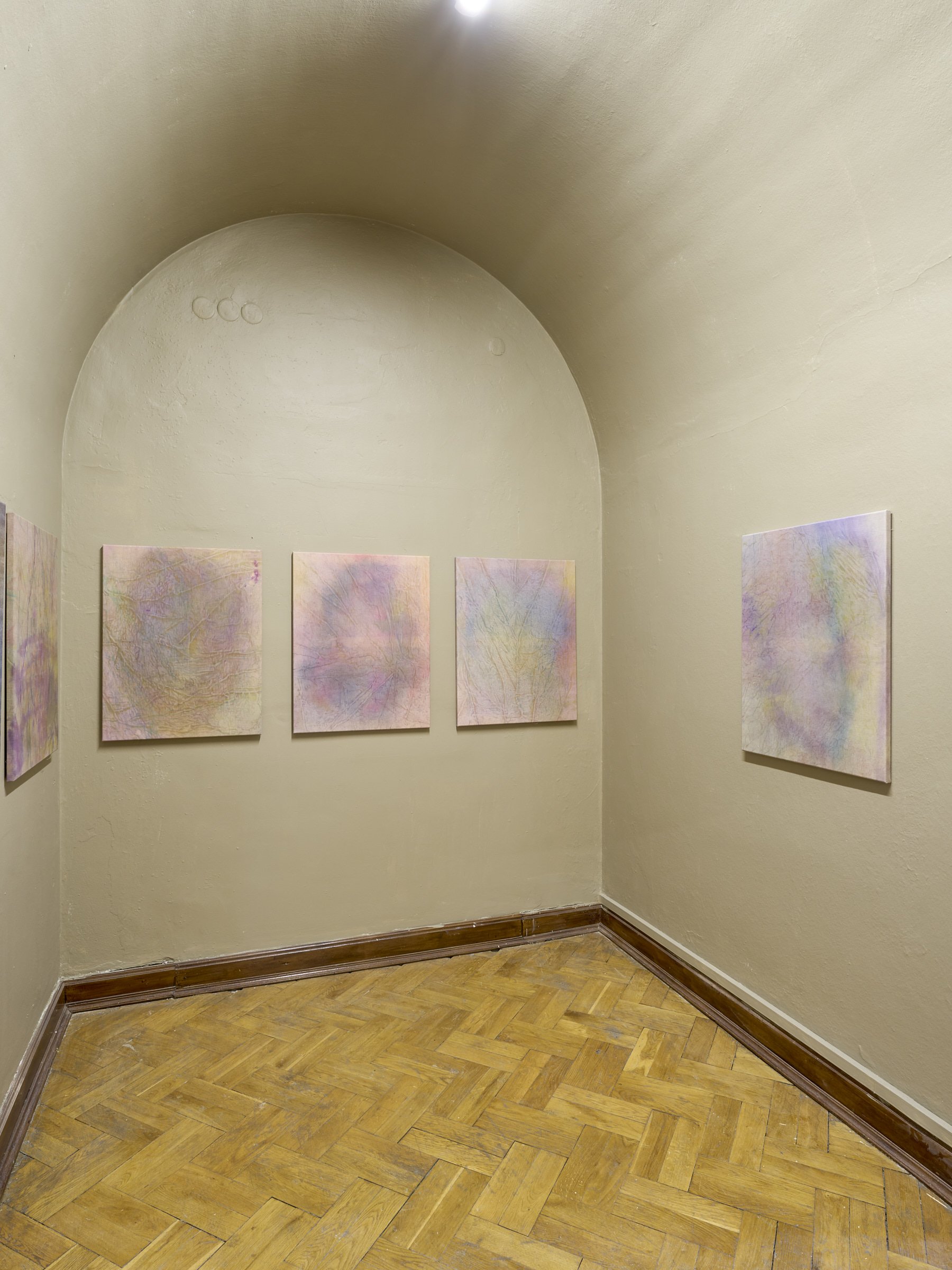
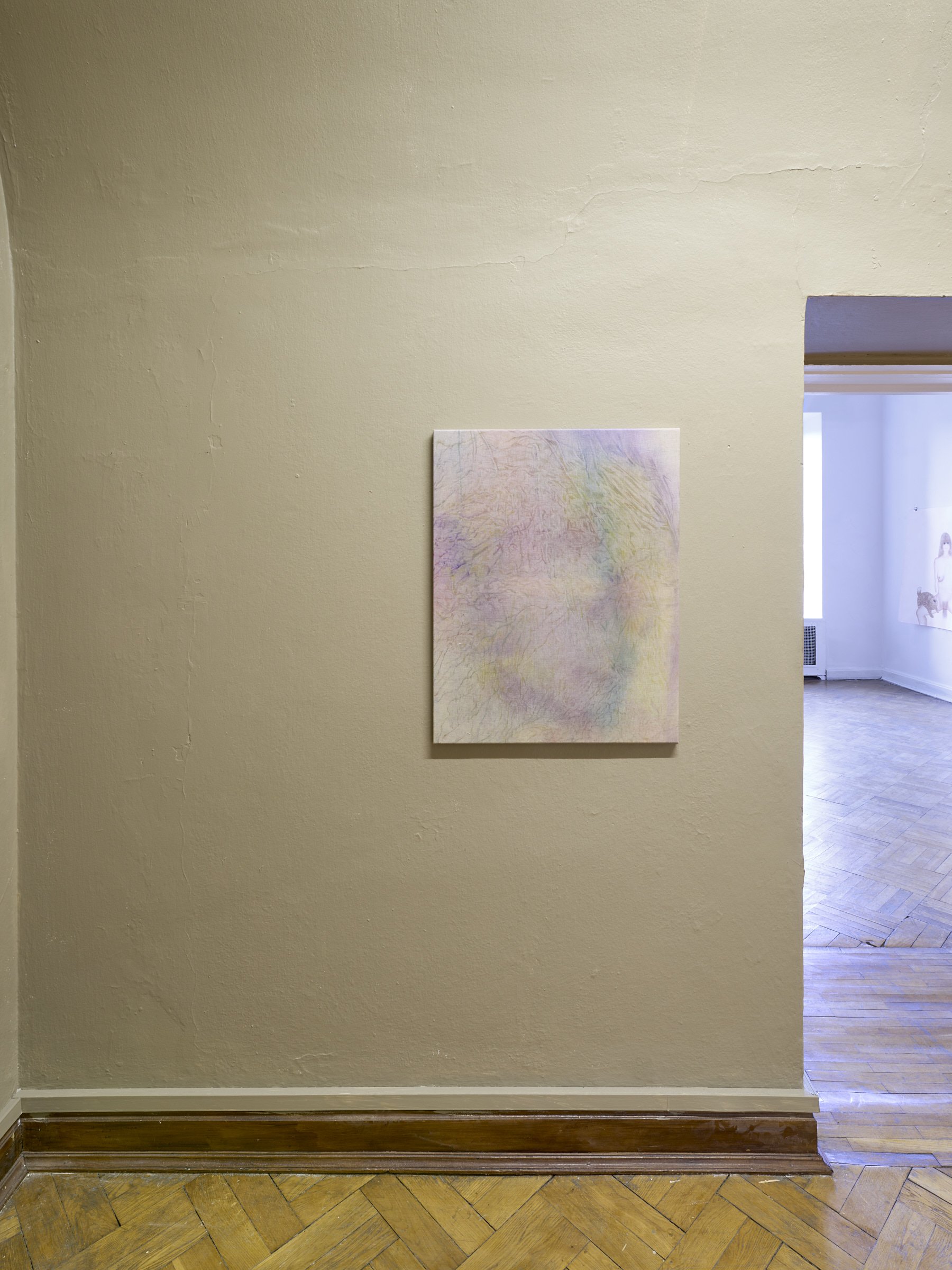
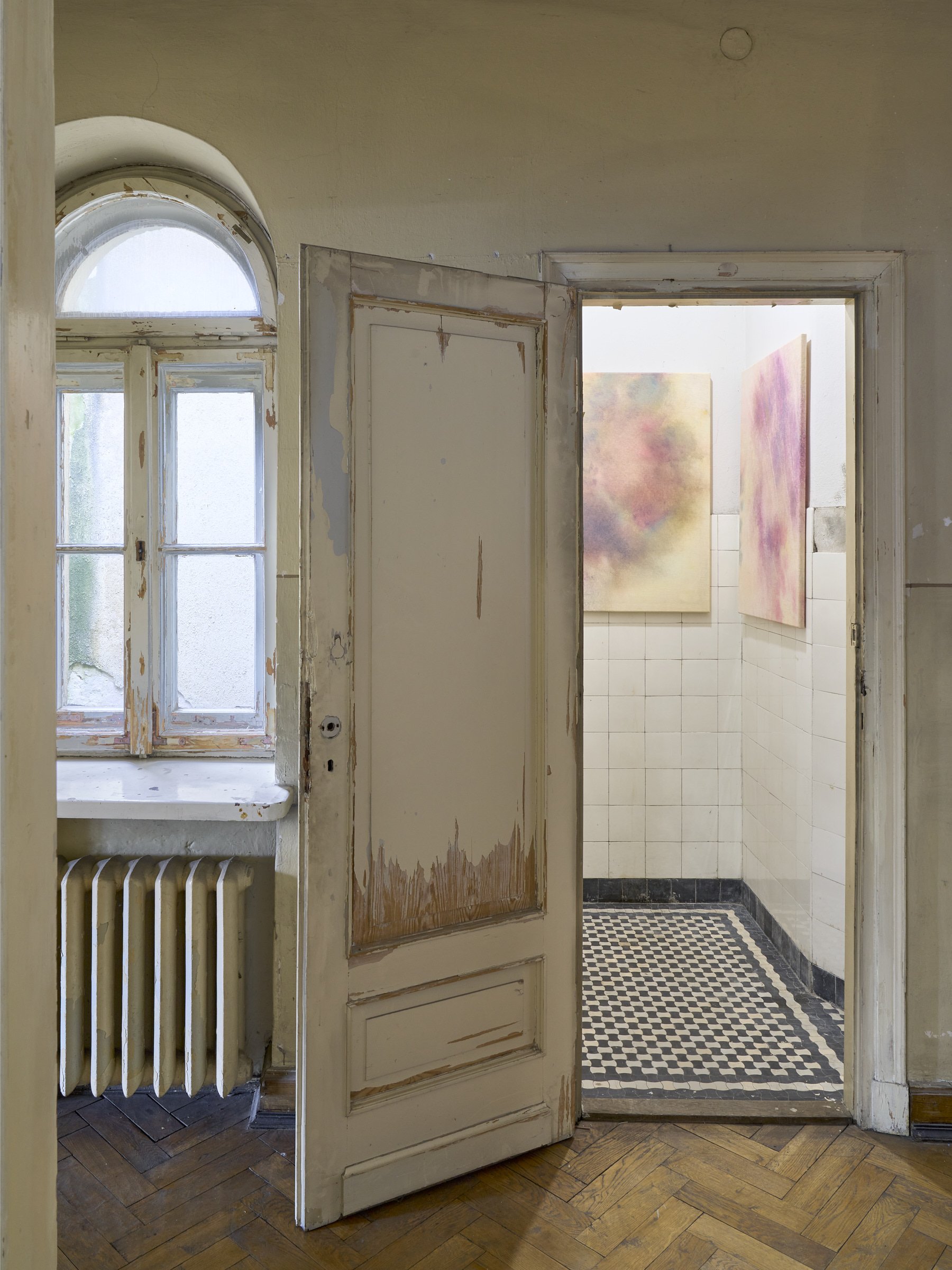
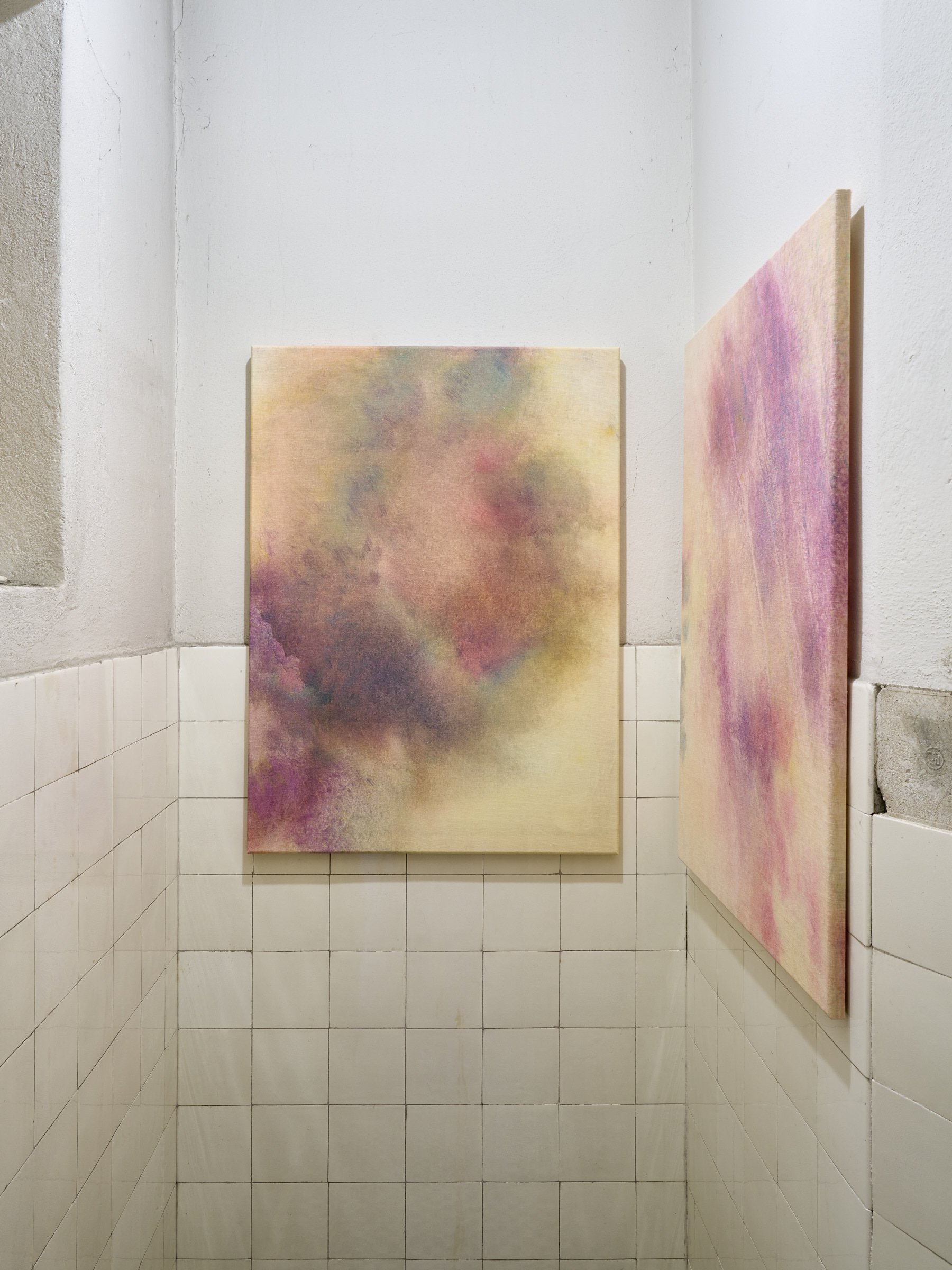

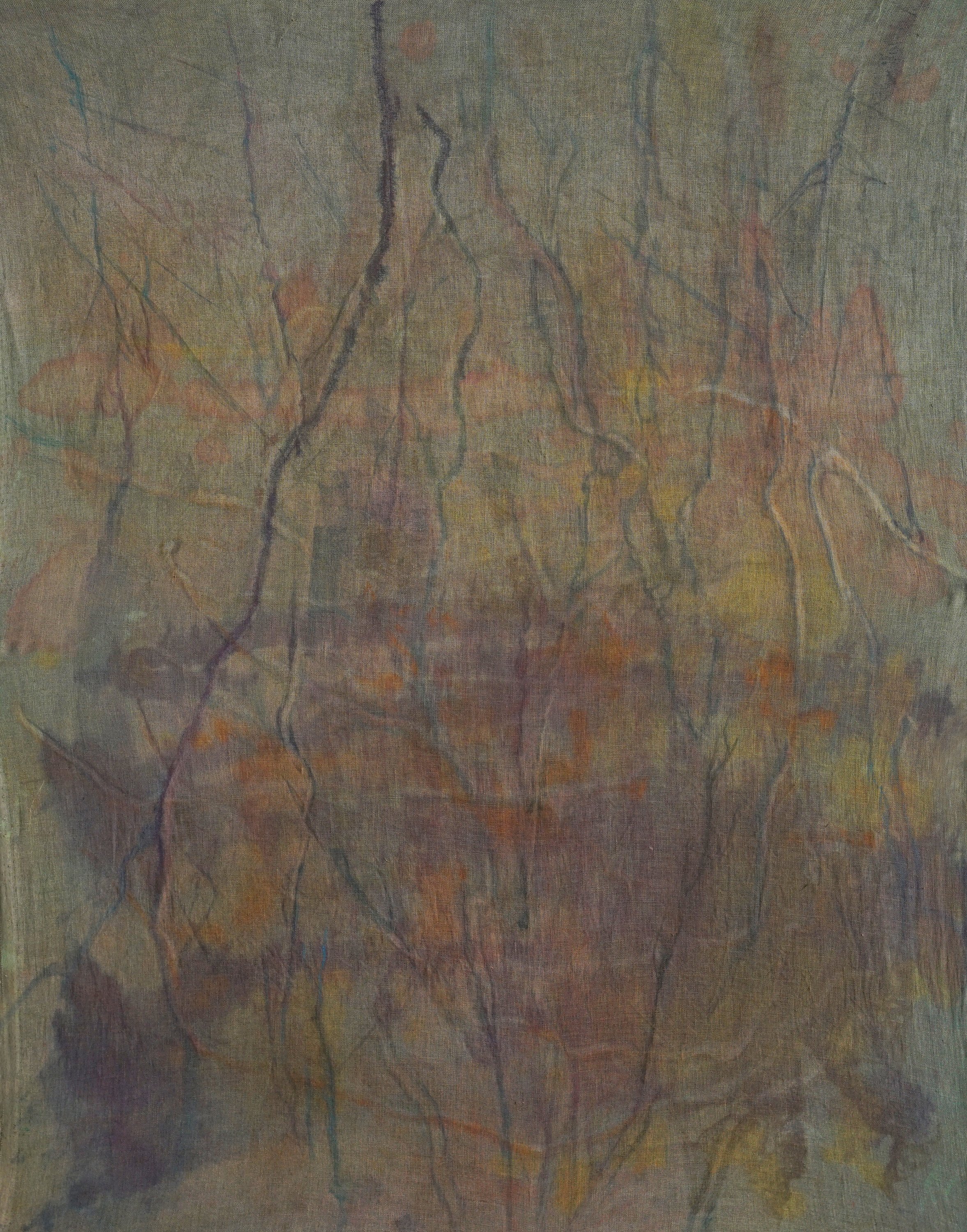

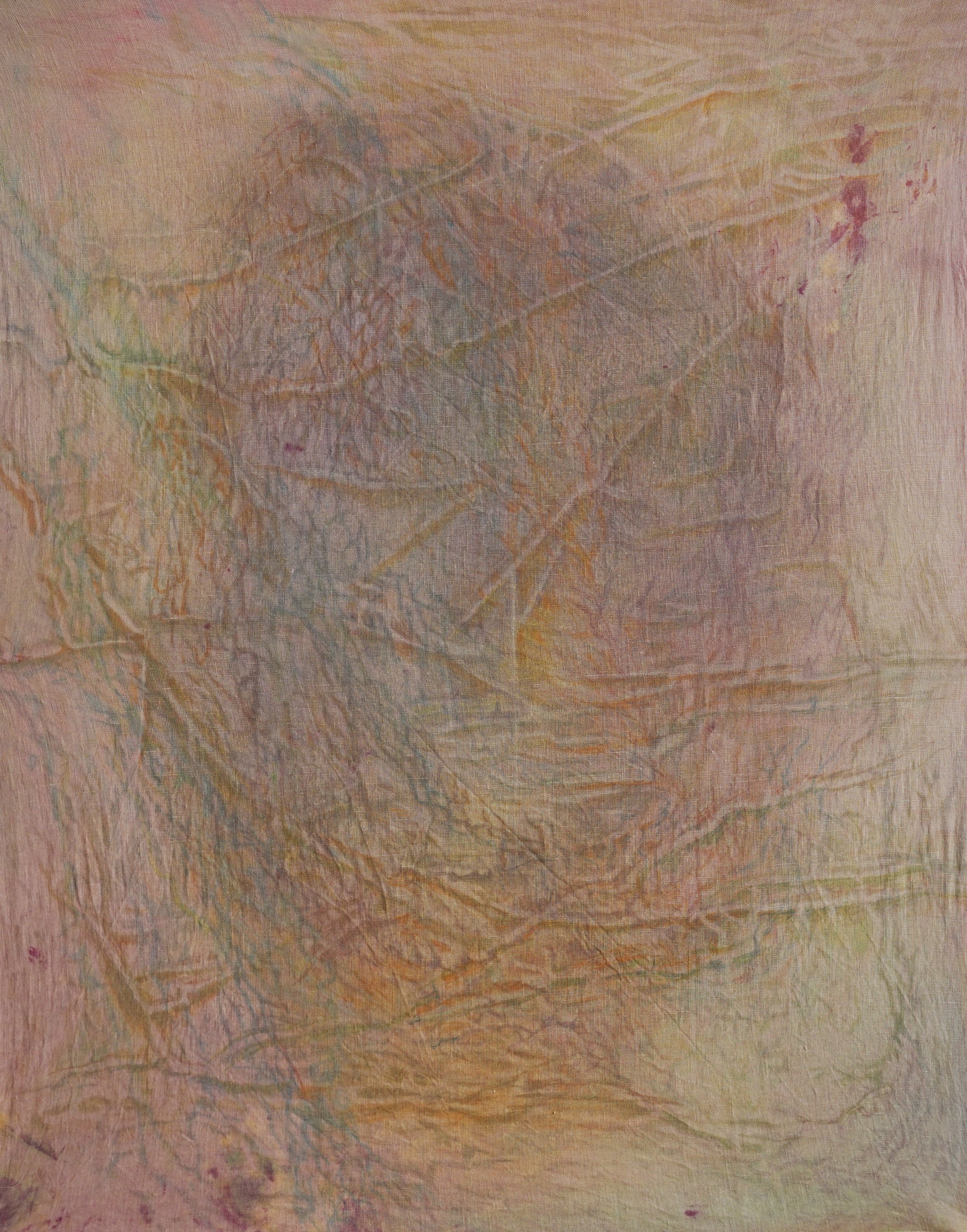

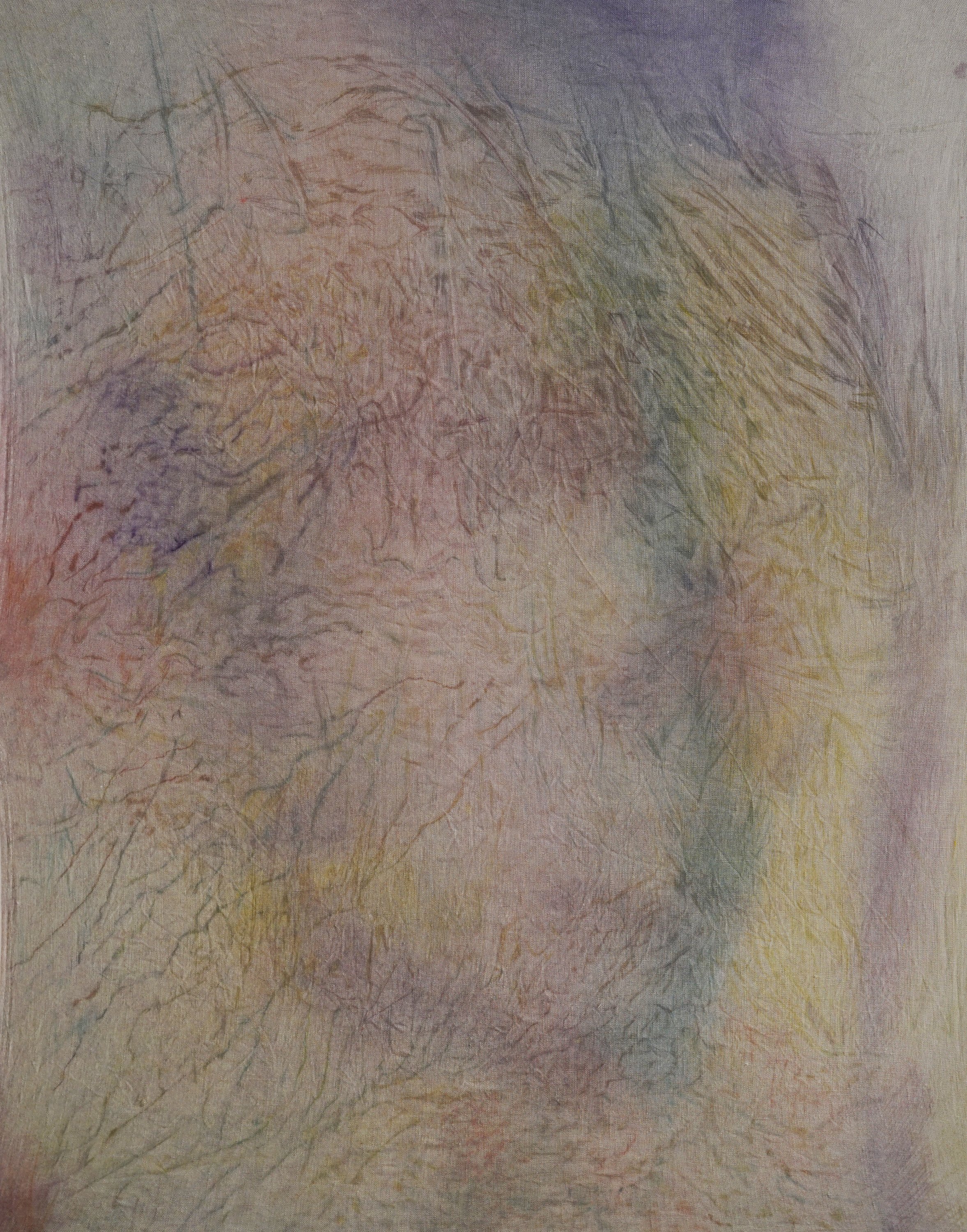


First, there is the old truth that “In the beginning is the body, ” with its desires, its powers, its manifold form of resistance to exploitation. As is often recognized, there is no social change, no cultural or political innovation that is not expressed through the body, no economic practice that is not applied to it.
- Silvia Federici “Beyond the Periphery of the Skin” 2020
The body is a document of social struggles. In Alina Bliumis’ native country of Belarus, the nation united in response to the rigged election of 2020. Protesters who met severe police brutality shared their bruises and resulting scars. Having faced aggressive measures of suppression and unjust detainment across various media platforms, the opposition sought to bring public awareness to their human rights abuses in hopes of achieving future justice. These events triggered Bliumis’ watercolor on linen series titled Bruises. Each bruise painting is numbered in reference to statistics of human suffering, citing numbers of political prisoners and refugees. The artist represents the bruises as abstract patches of watercolor allowing the pigment to bleed into the weave of the linen in a style reminiscent of Color Field painting. Bliumis engages the expressionist style’s association with making an emotional impact through clarity of color and form with an emphasis on celebrating individual expression and freedom of subjectivity. Her paintings are spatial and alive to endow an immortality to the feelings and sensations that underlie these important moments throughout our own personal and collective history.
ALINA BLIUMIS (b. 1972 Minsk, Belarus) is a New York-based artist who received her BFA from the School of Visual Art in 1999 and a diploma from the Advanced Course in Visual Arts in Fondazione Antonio Ratti, Como, Italy in 2005. She has exhibited at SITUATIONS, NYC; the Musée national de l’histoire de l’immigration, Paris, France; the First Moscow Biennale of Contemporary Art, Moscow; Busan Biennale, South Korea; Tokyo Biennial, JP; Assab One, Milan, Italy; The Bronx Museum of the Arts, NY; Galerie Anne de Villepoix, Paris; Centre d’art Contemporain, Meymac, France; The James Gallery, The Graduate Center CUNY, New York; Museum of Contemporary Art, Cleveland, OH; Museums of Bat Yam, Israel; The Jewish Museum, NYC; The Saatchi Gallery, London; Botanique Museum, Brussels; the Victoria and Albert Museum, London; and MAC VAL/Musée d’art contemporain du Val-de-Marne, France. Her works are in various private and public collections, including MAC VAL - Musée d’art contemporain du Val-de-Marne, France; Musée national de l’histoire de l’immigration, Paris; The Victoria and Albert Museum, London; Moscow Museum of Modern Art, Russia; Bat Yam Museum for Contemporary Art, Israel; The Saatchi Collection, UK; The Harvard Business School, USA; The National Museum of American Jewish History, Philadelphia; and Missoni Collection, Italy.
Po pierwsze, istnieje stara prawda, że „na początku jest ciało”, z jego pragnieniami, mocami, różnorodnymi formami oporu wobec wyzysku. Jak często wiadomo, nie ma zmiany społecznej, innowacji kulturowej lub politycznej, która nie byłaby wyrażona przez ciało, ani praktyki ekonomicznej, która nie byłaby do niego zastosowana.
- Silvia Federici „Beyond the Periphery of the Skin” 2020
Ciało jest dokumentem walk społecznych. W rodzinnym kraju Aliny Bliumis, na Białorusi, naród zjednoczył się w odpowiedzi na sfałszowane wybory w 2020 roku. Protestujący, którzy spotkali się z brutalną milicją, dzielili się swoimi siniakami i bliznami na ulicach i w mediach społecznościowych. W obliczu agresywnych środków tłumienia i niesprawiedliwych masowych zatrzymań opozycja starała się zwrócić uwagę opinii publicznej na łamanie praw człowieka w nadziei na osiągnięcie sprawiedliwości w przyszłości. Wydarzenia te zapoczątkowały serię akwareli Bliumisy na płótnie zatytułowaną Siniaki. Każdy obraz z siniakami jest ponumerowany w odniesieniu do statystyk ludzkiego cierpienia, podając liczbę więźniów politycznych i uchodźców. Artystka przedstawia siniaki jako abstrakcyjne plamy akwareli, pozwalając pigmentowi krwawić w splot płótna w stylu przypominającym malarstwo Color Field. Bliumis łączy styl ekspresjonistyczny z wywieraniem emocjonalnego wpływu poprzez wyrazistość koloru i formy, z naciskiem na celebrowanie indywidualnej ekspresji i wolności subiektywności. Jej obrazy są przestrzenne i żywe, aby nadać nieśmiertelność uczuciom i doznaniom, które leżą u podstaw tych ważnych momentów w naszej osobistej i zbiorowej historii.
ALINA BLIUMIS (ur. 1972, Mińsk, Białoruś) jest nowojorską artystką, która uzyskała tytuł licencjata w School of Visual Art w 1999 roku oraz dyplom Advanced Course in Visual Arts w Fondazione Antonio Ratti, Como, Włochy w 2005 roku. Wystawiała w SITUATIONS w Nowym Jorku; the Musée national de l’histoire de l’immigration, Paryż, FR; the First Moscow Biennale of Contemporary Art, Moskwa, RU; Busan Biennale, KR; Tokyo Biennial, JP; Assab One, Mediolan, IT; The Bronx Museum of the Arts, Nowy Jork, US; Galerie Anne de Villepoix, Paryż, FR; Centre d’art Contemporain, Meymac, FR; The James Gallery, The Graduate Center CUNY, Nowy Jork, US; Museum of Contemporary Art, Cleveland, US; Museums of Bat Yam, IL; The Jewish Museum, Nowy Jork, US; The Saatchi Gallery, Londyn, UK; Botanique Museum, Bruksela, BE; the Victoria and Albert Museum, Londyn, UK; and MAC VAL/Musée d’art contemporain du Val-de-Marne, FR. Jej prace znajdują się w różnych kolekcjach prywatnych i publicznych, w tym MAC VAL - Musée d’art contemporain du Val-de-Marne, FR; Musée national de l’histoire de l’immigration, Paryż, FR; The Victoria and Albert Museum, Londyn, UK; Moscow Museum of Modern Art, RU; Bat Yam Museum for Contemporary Art, IL; The Saatchi Collection, UK; Harvard Business School, Cambridge, US; The National Museum of American Jewish History, Philadelphia, US; i Missoni Collection, IT.
